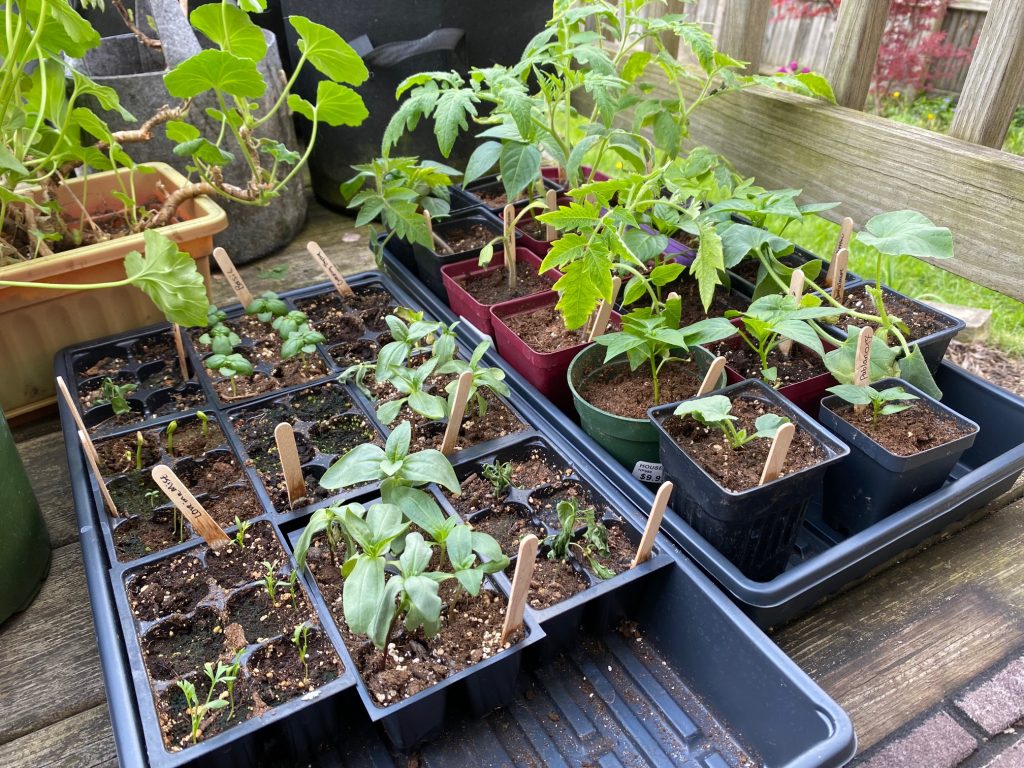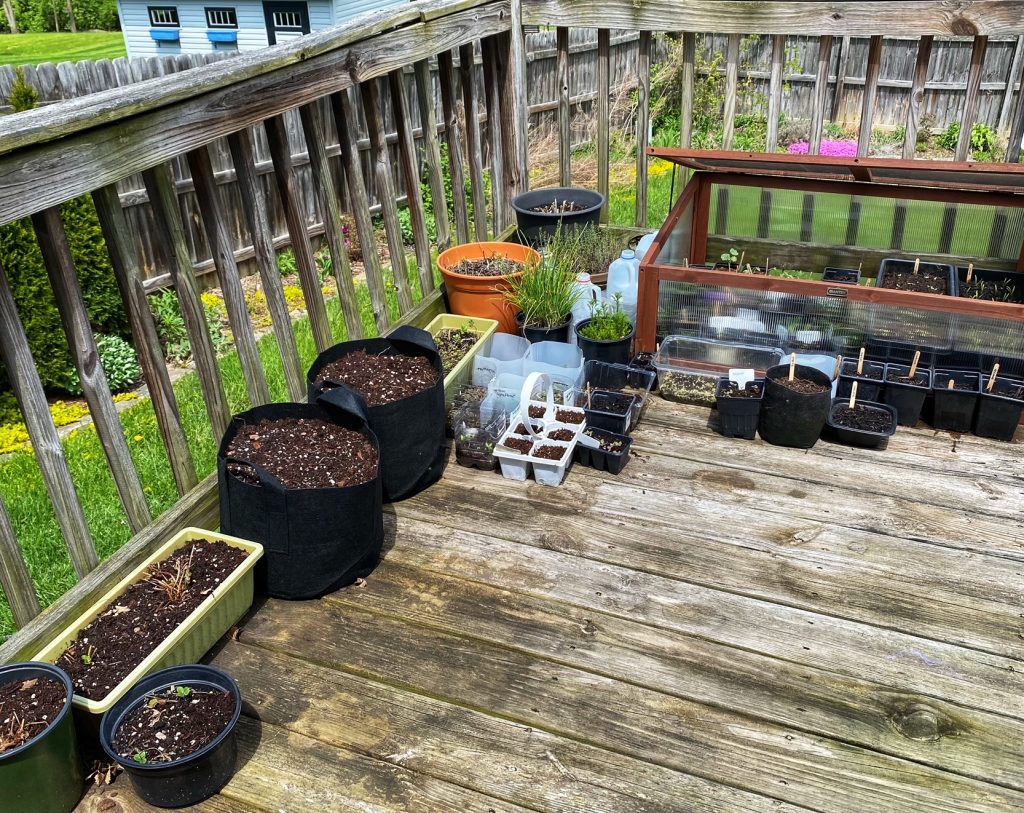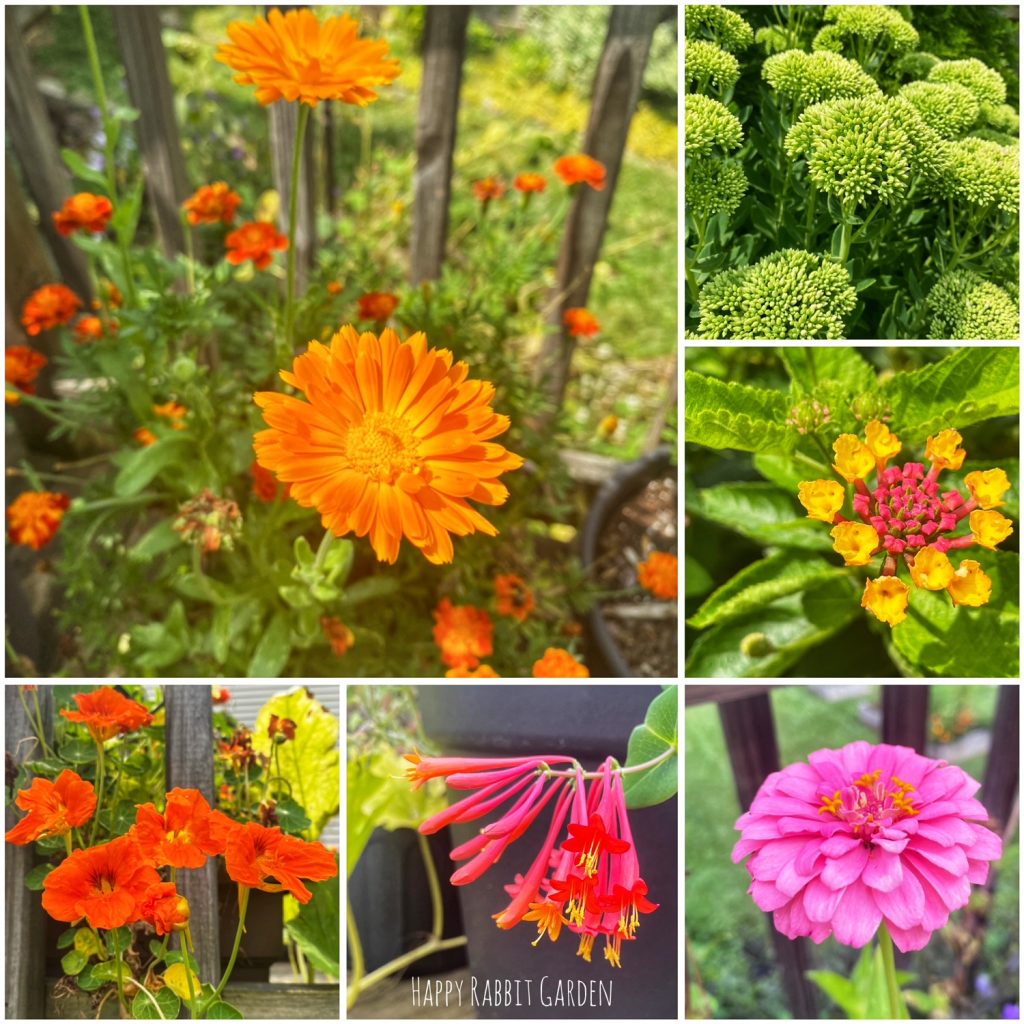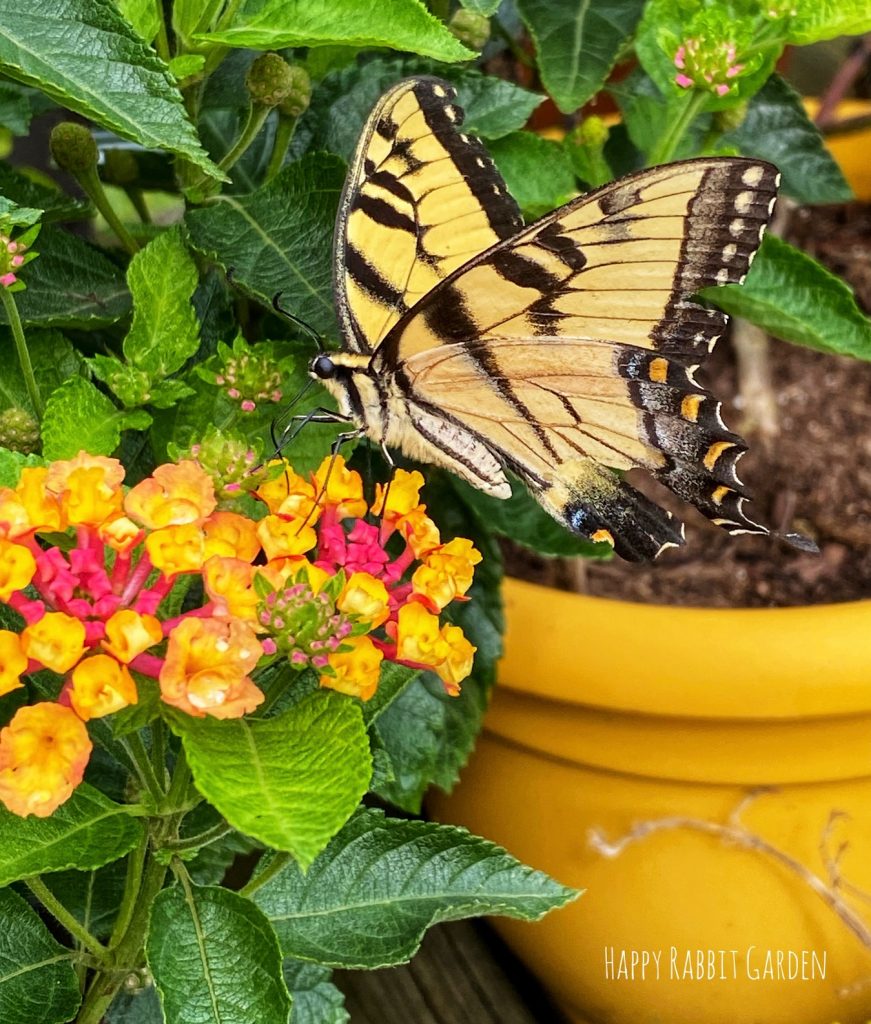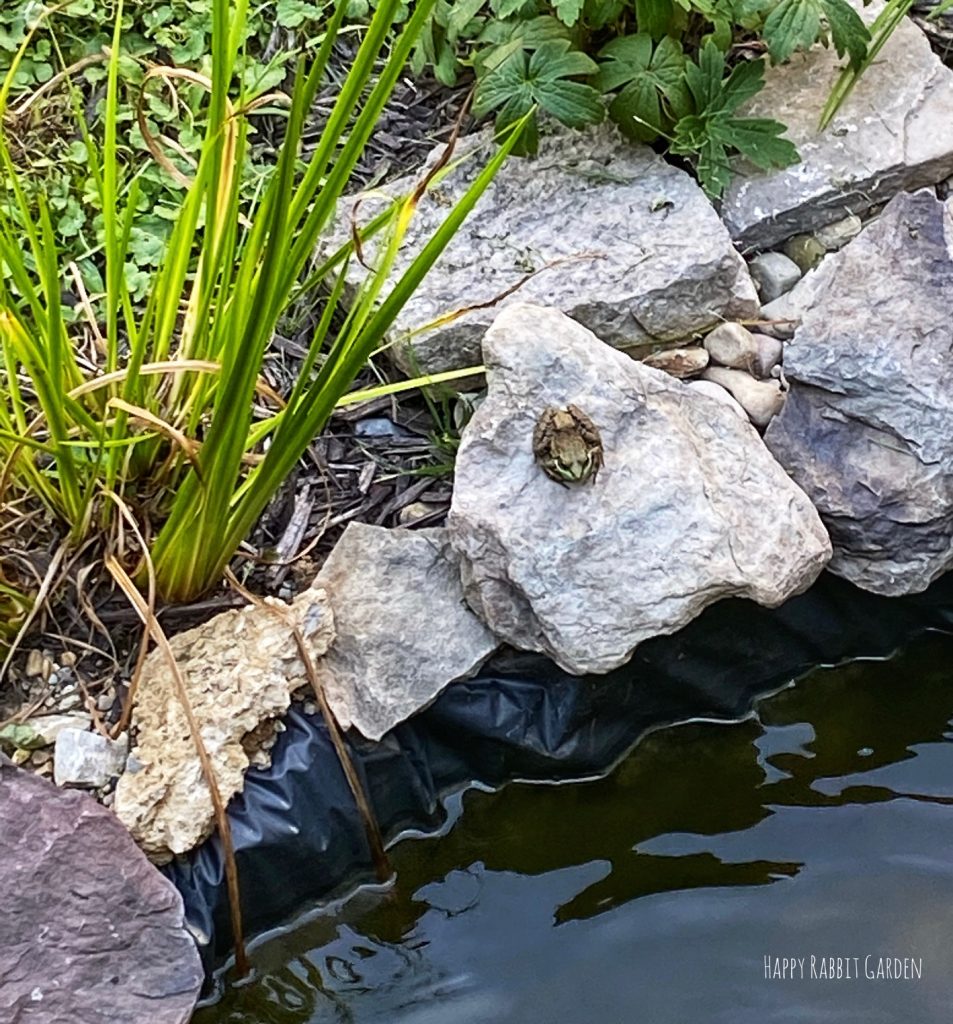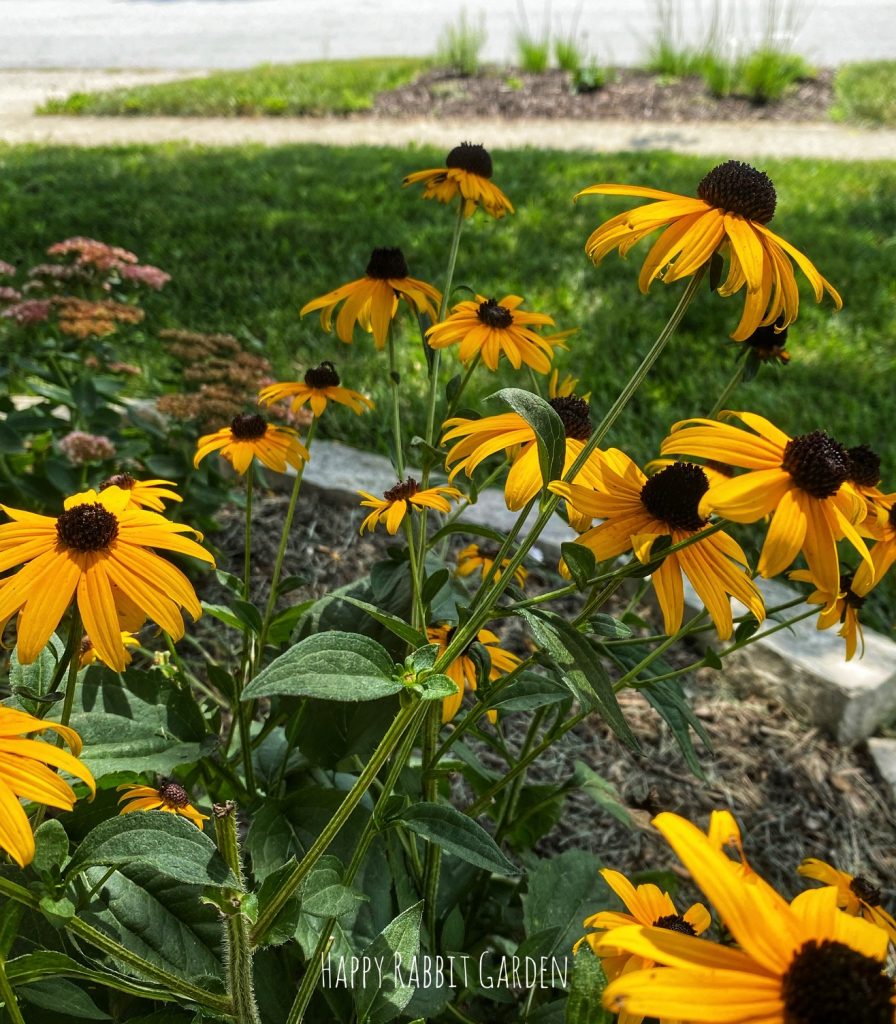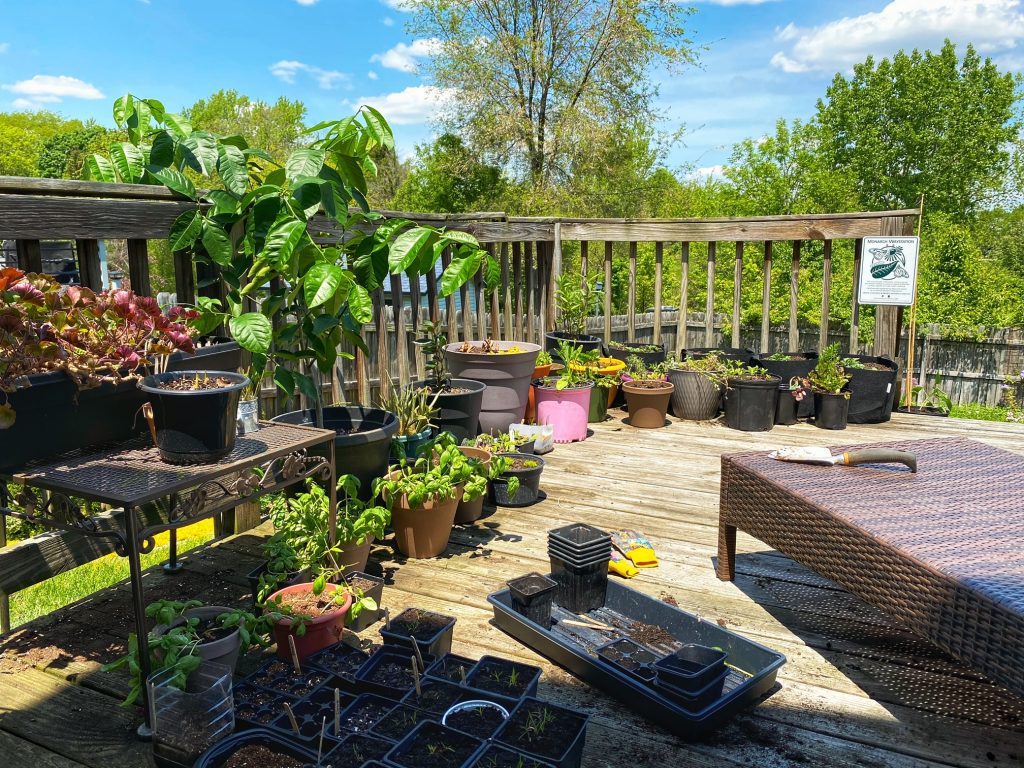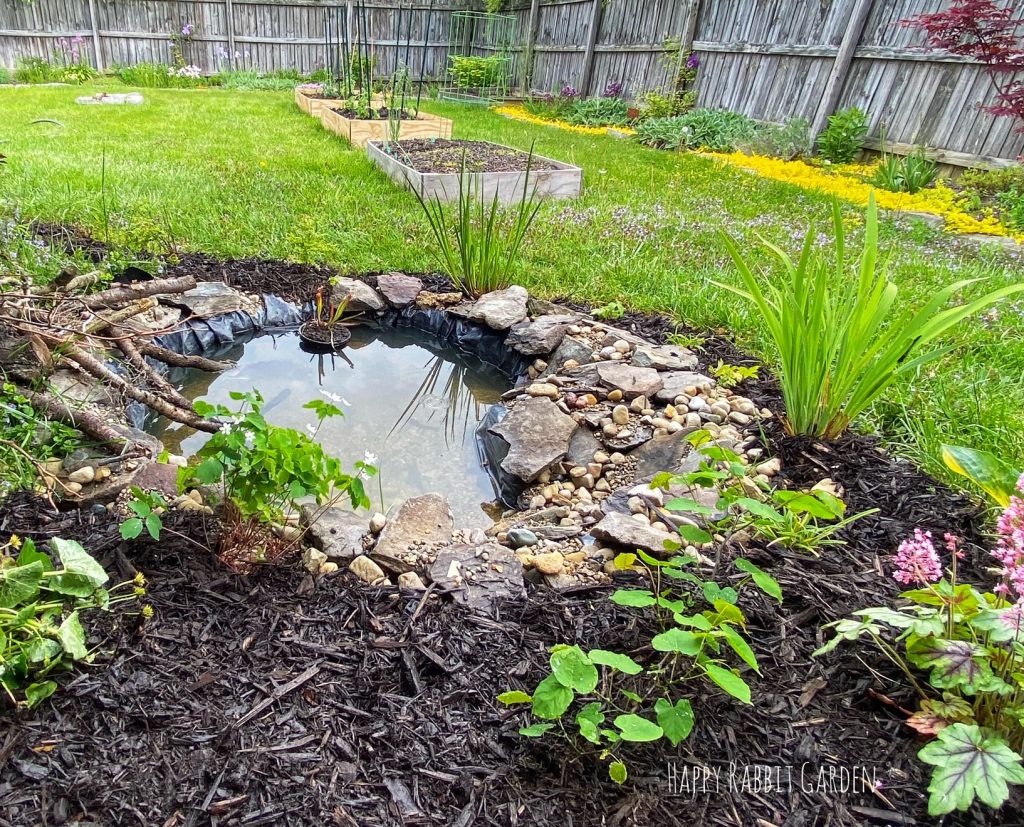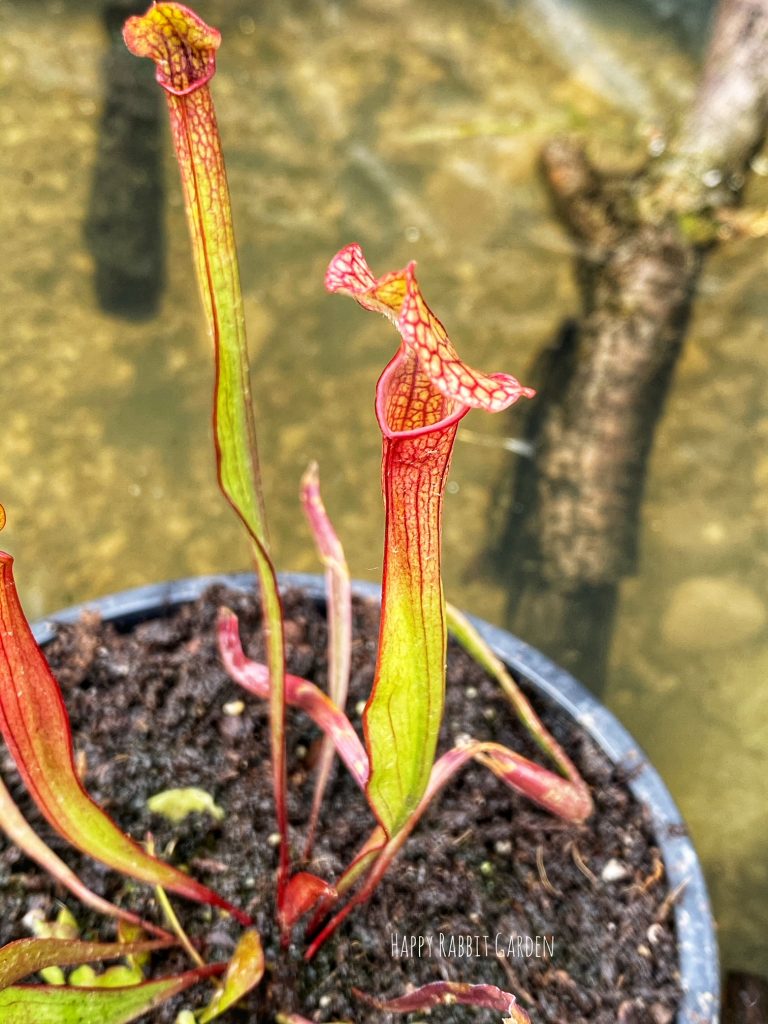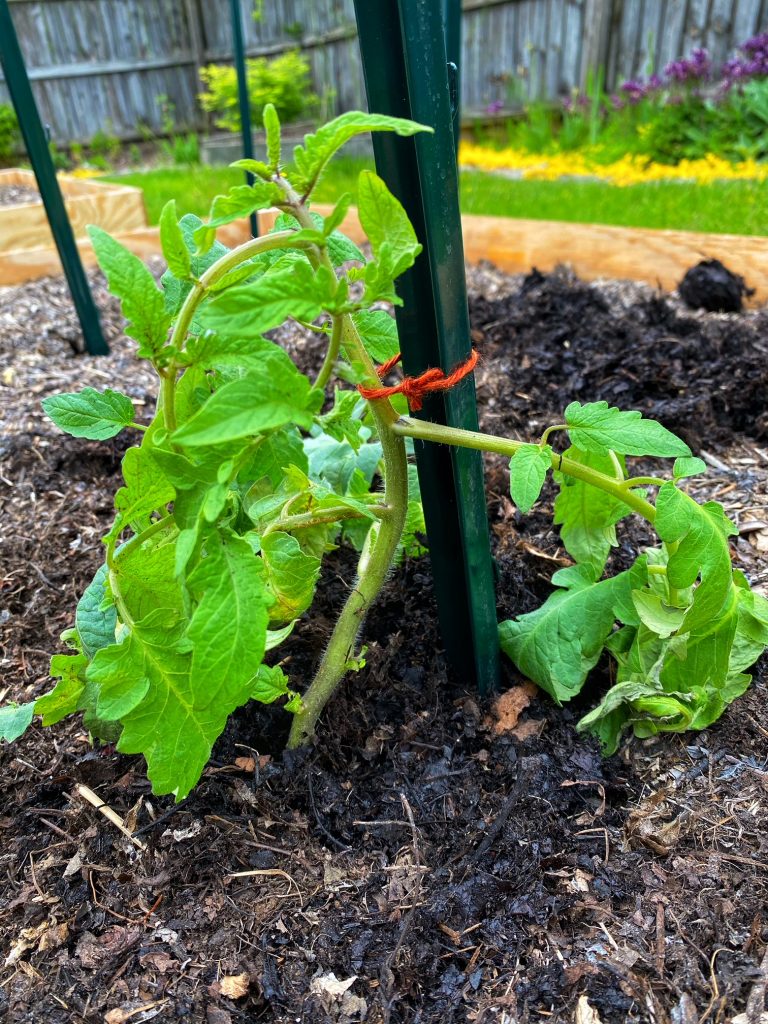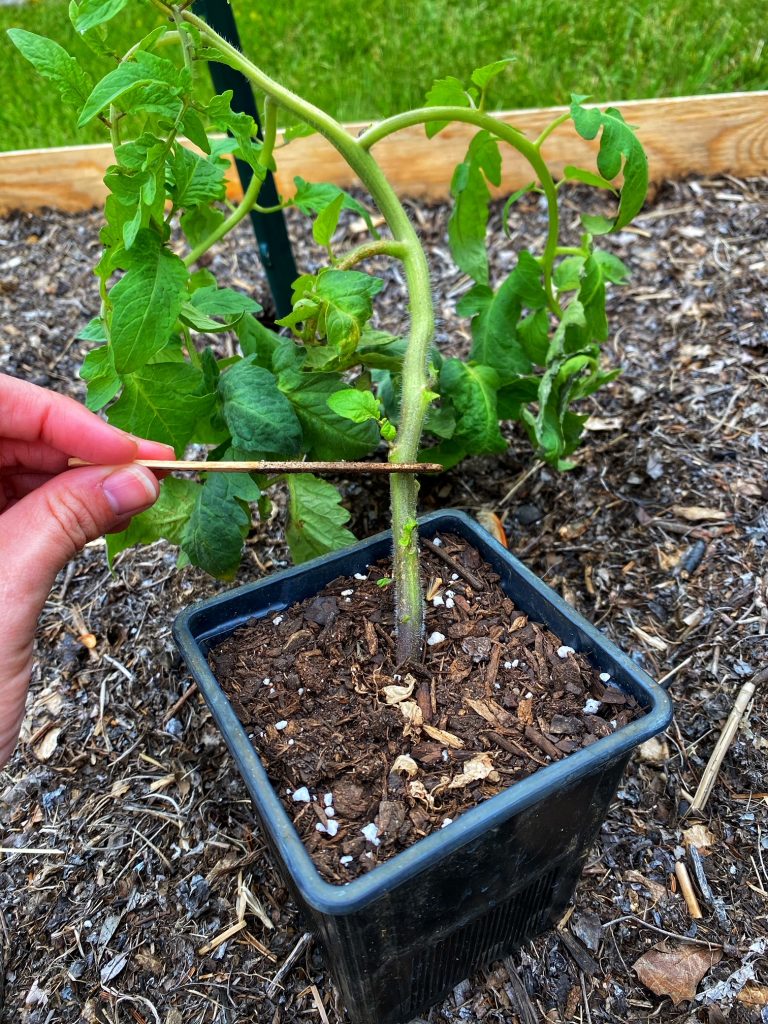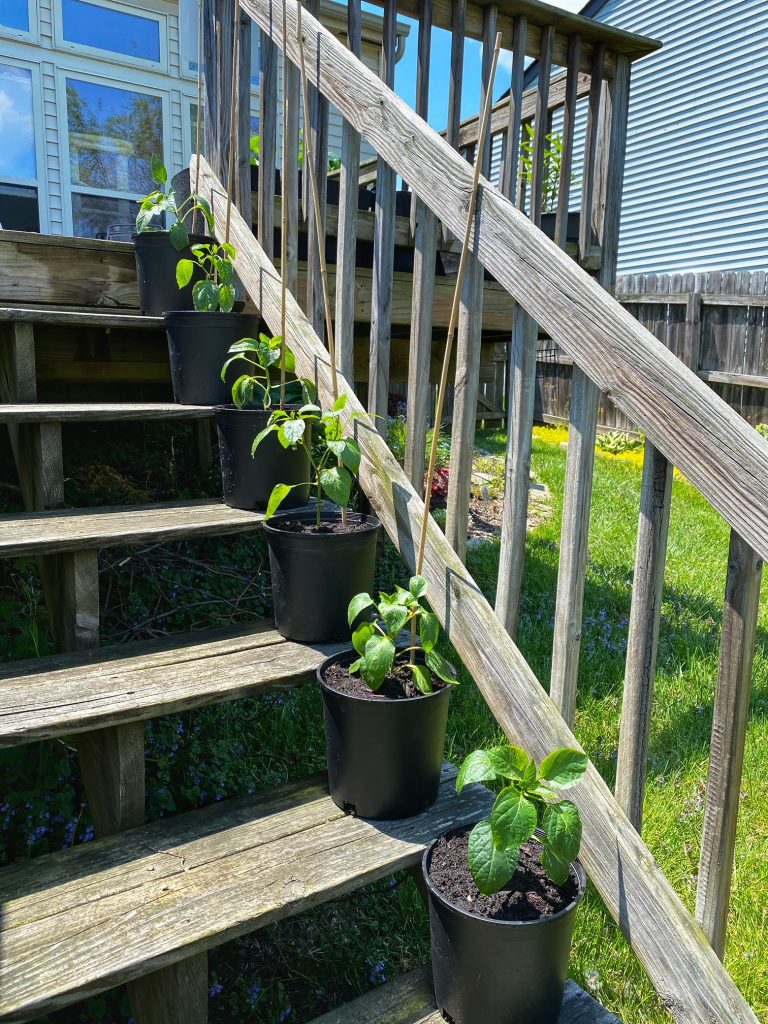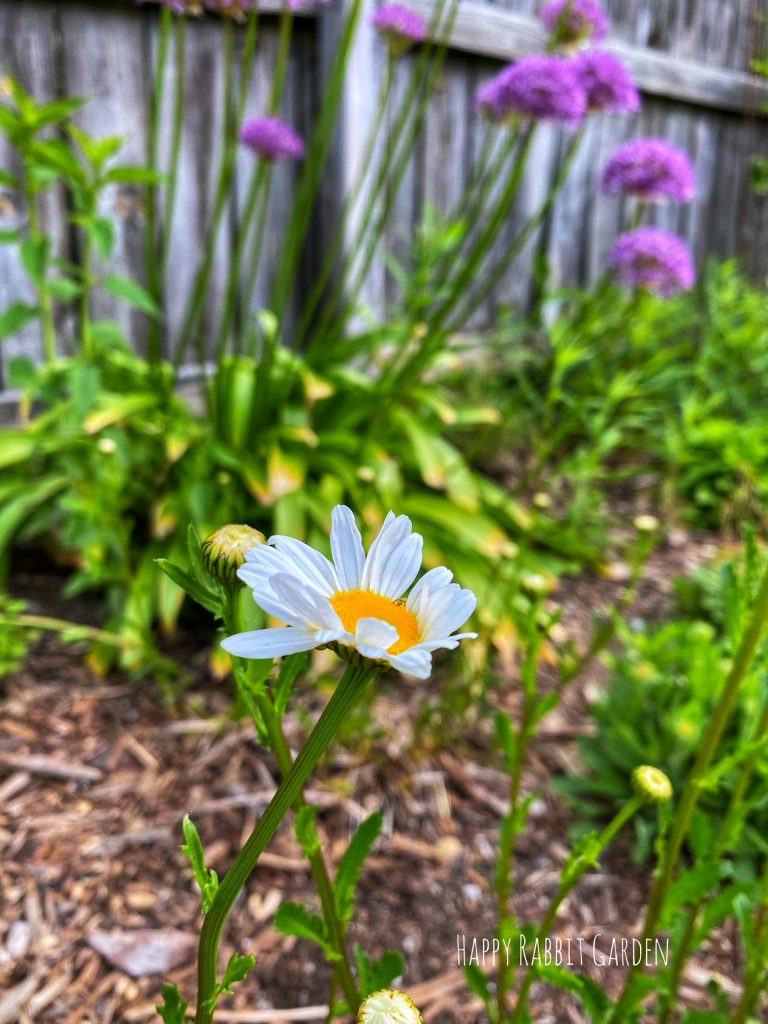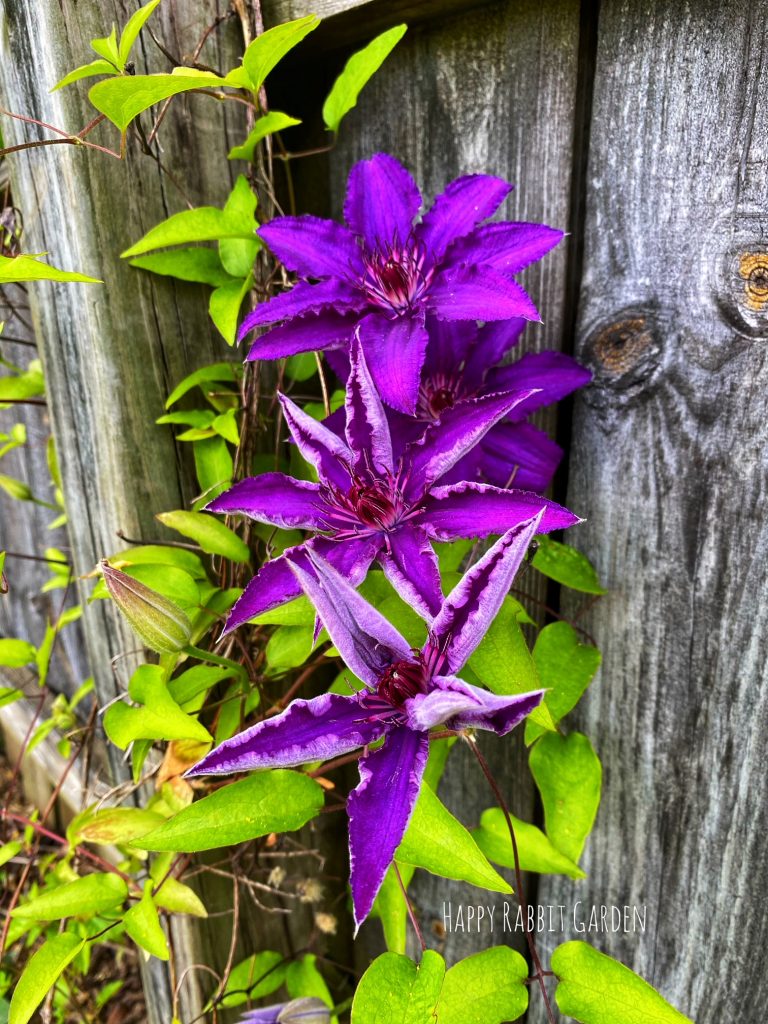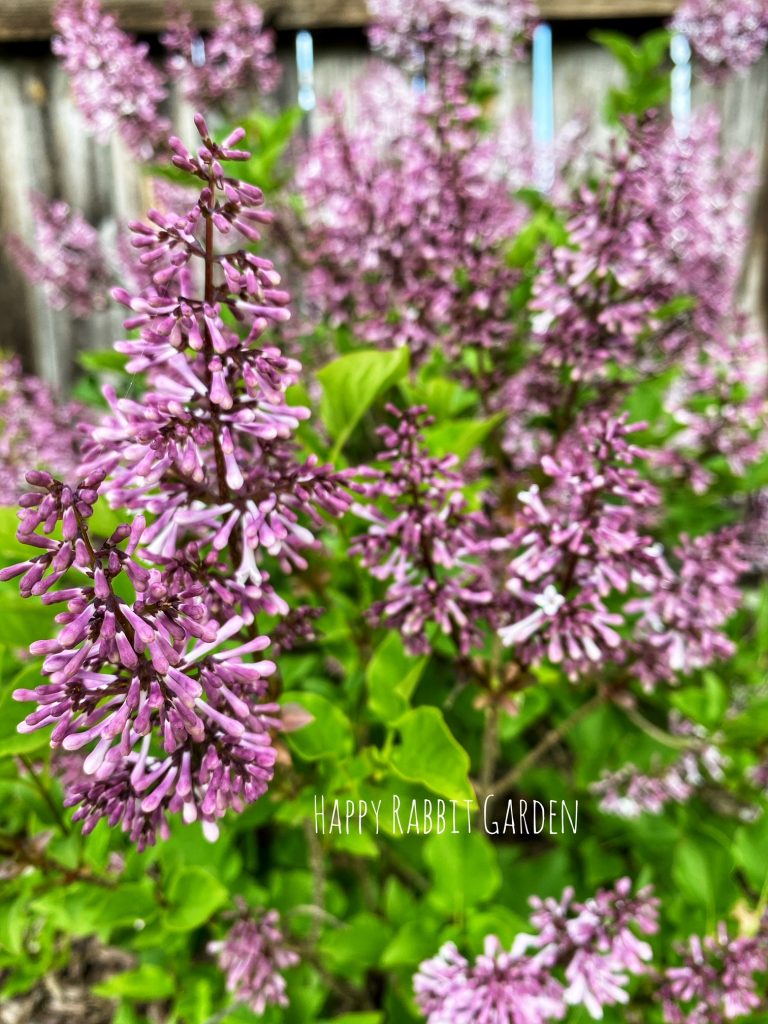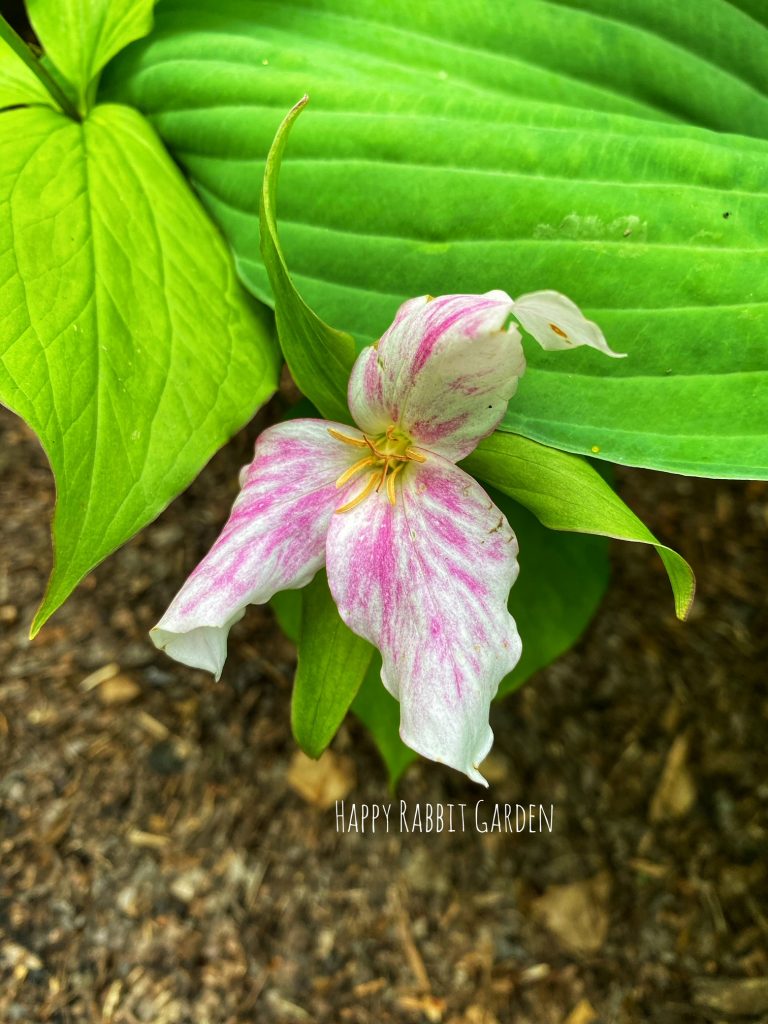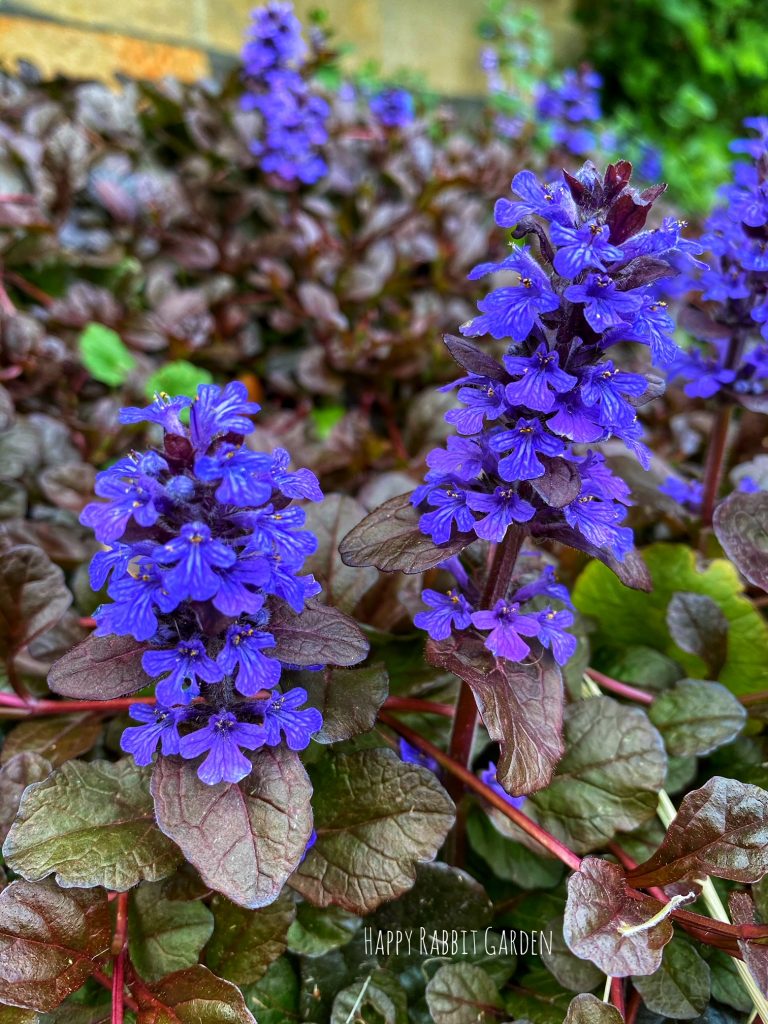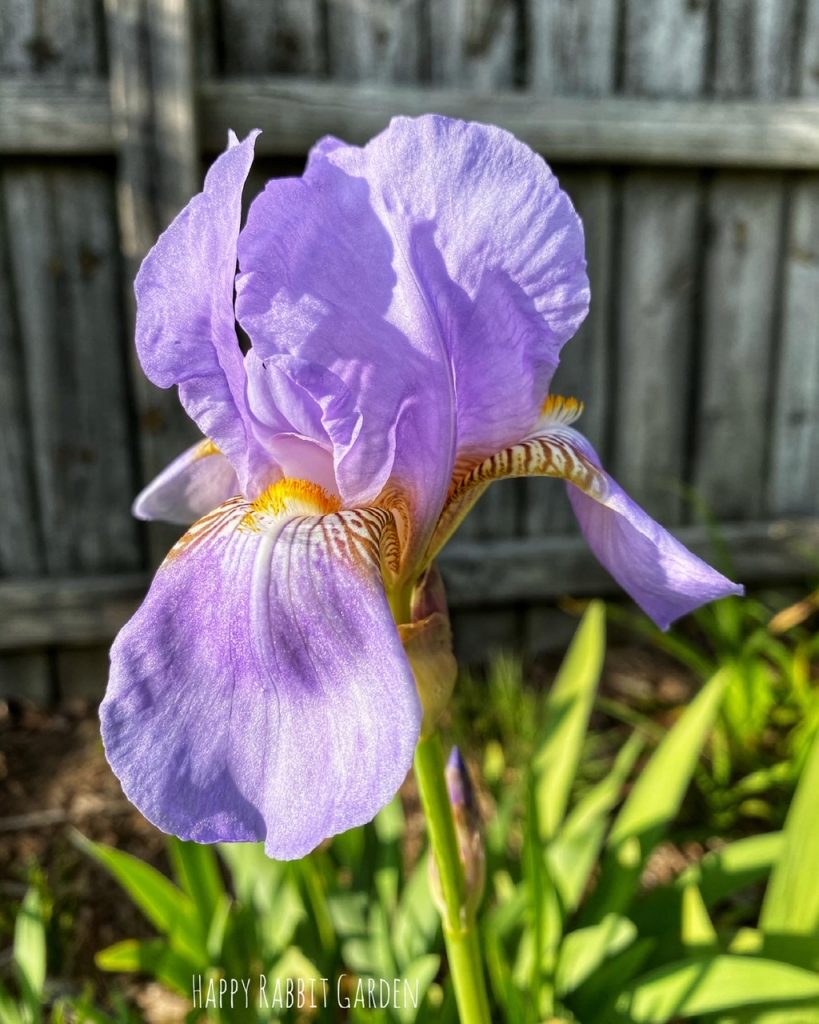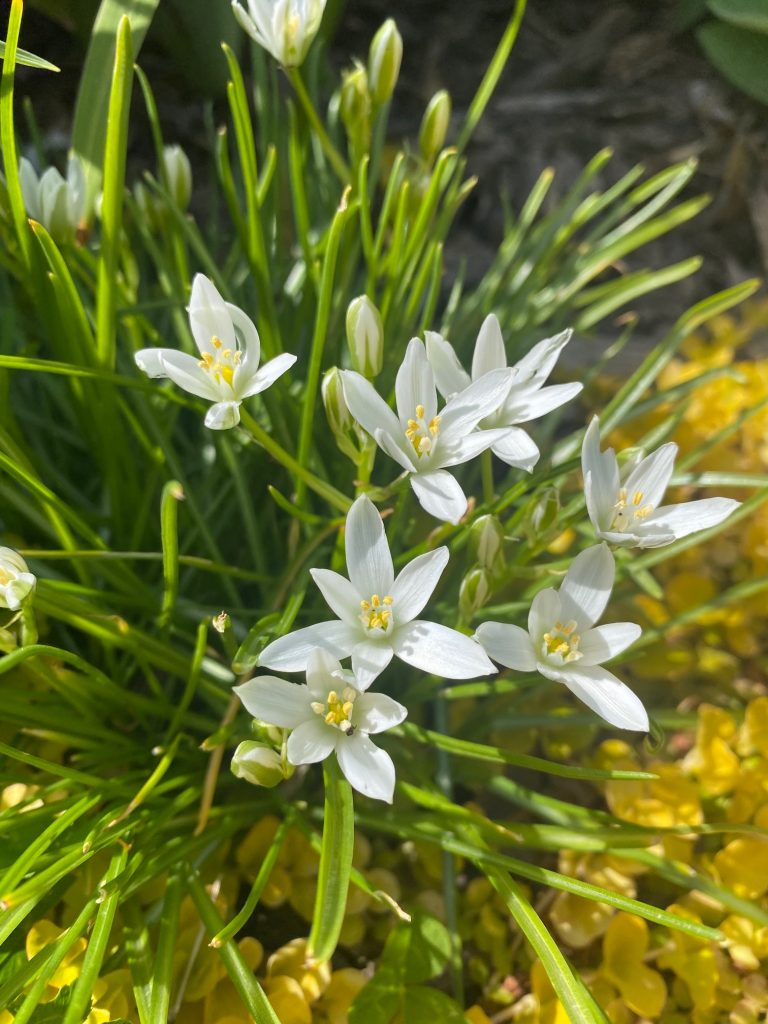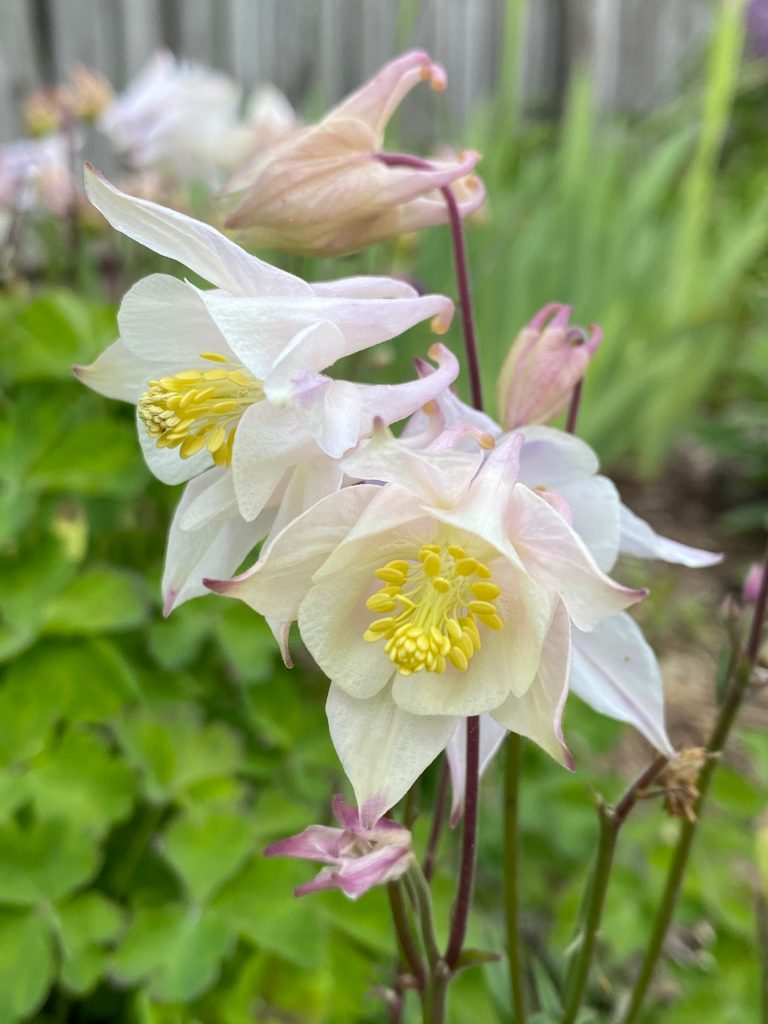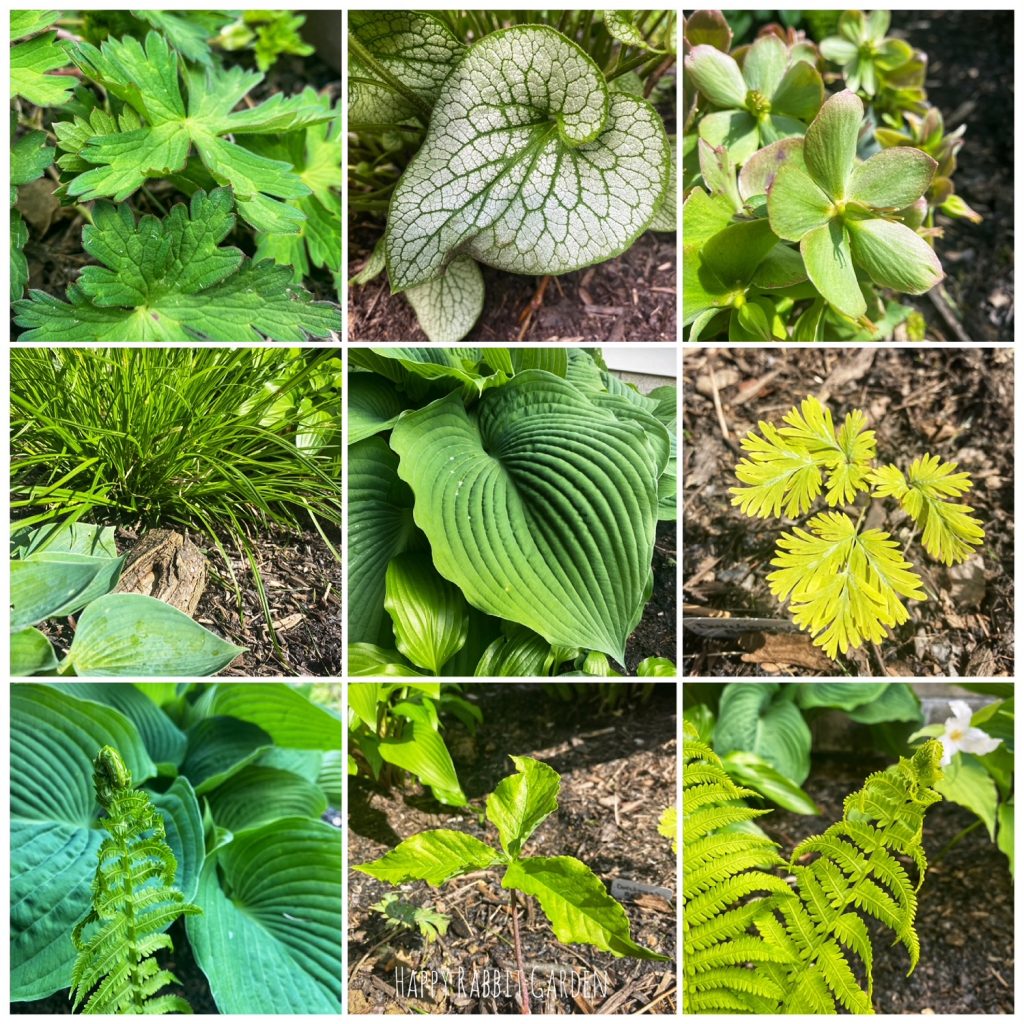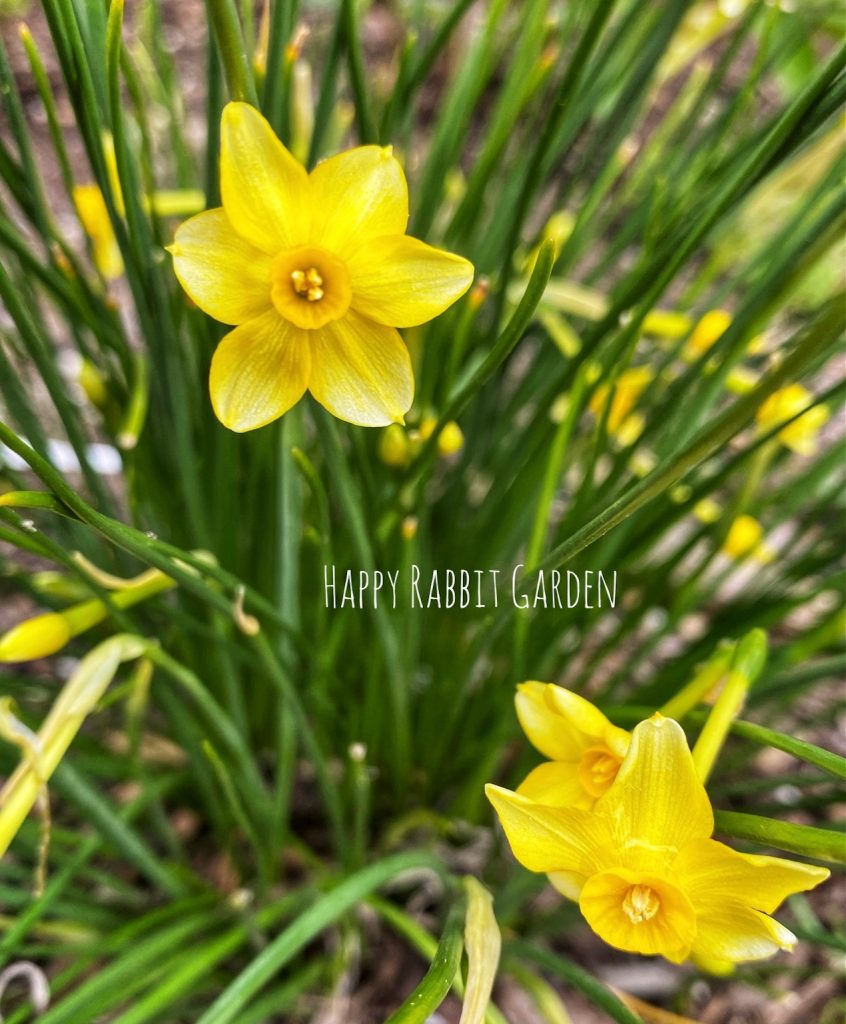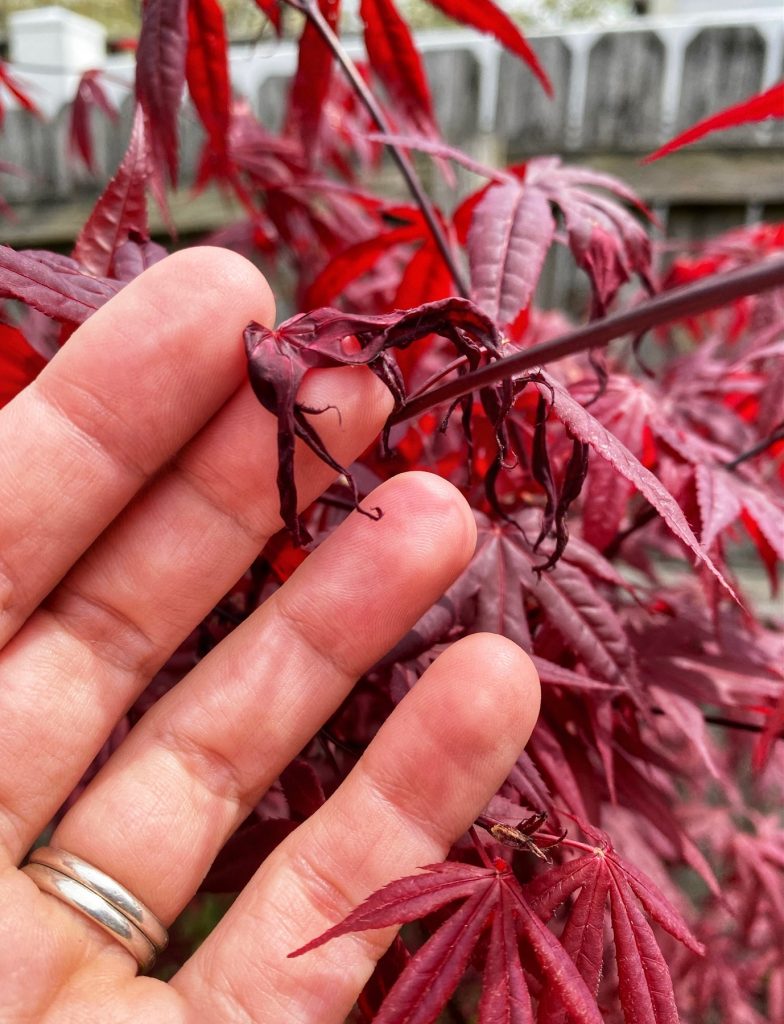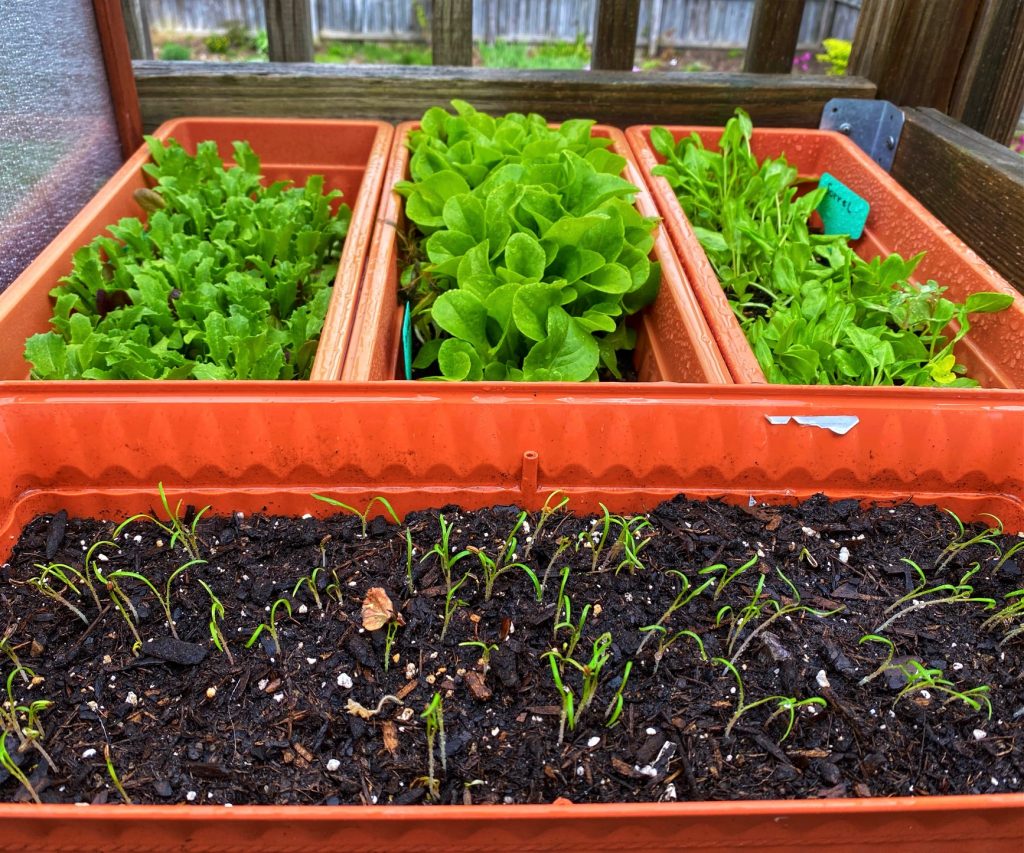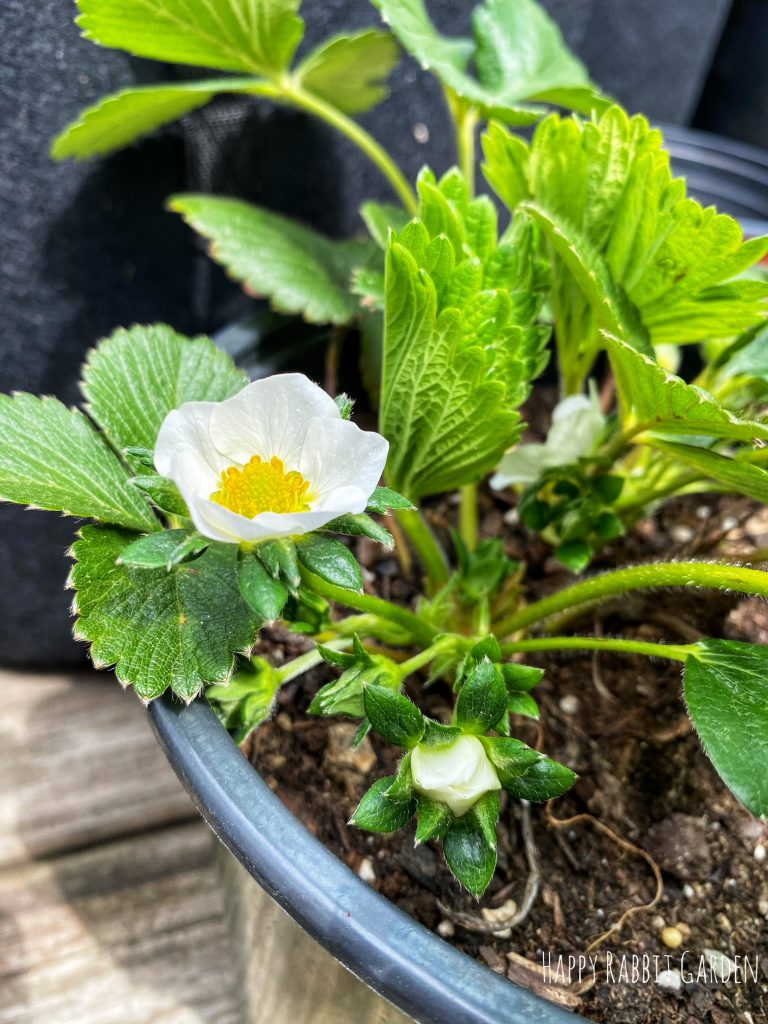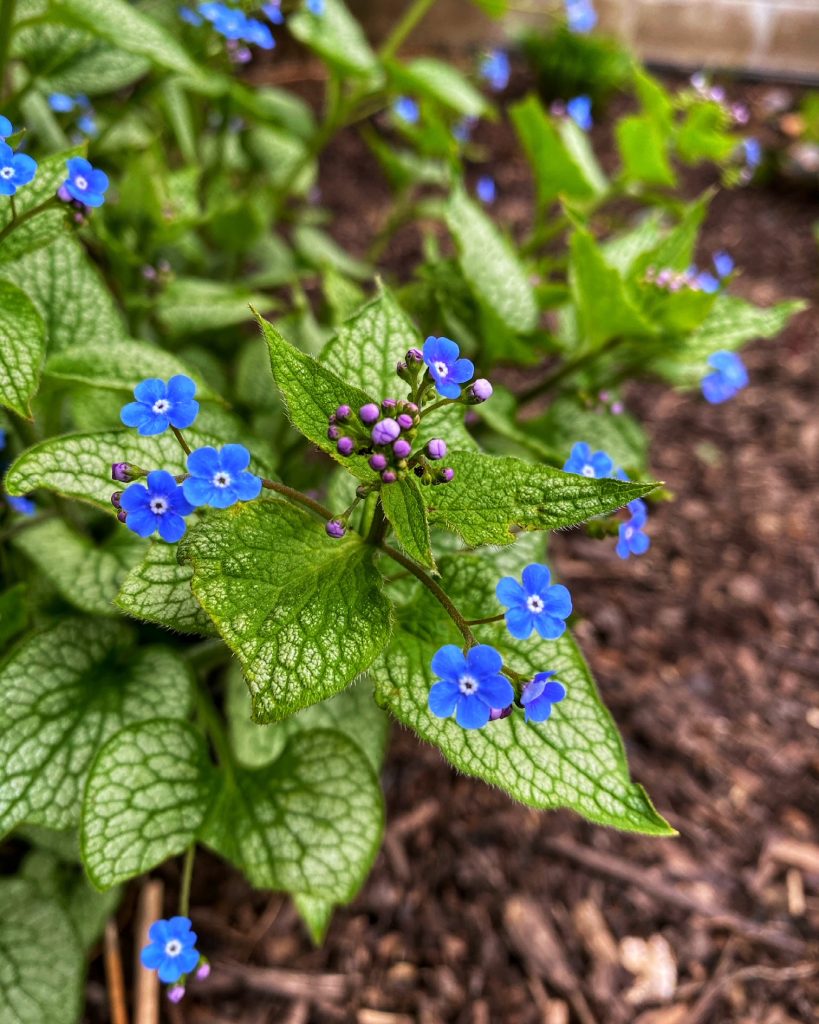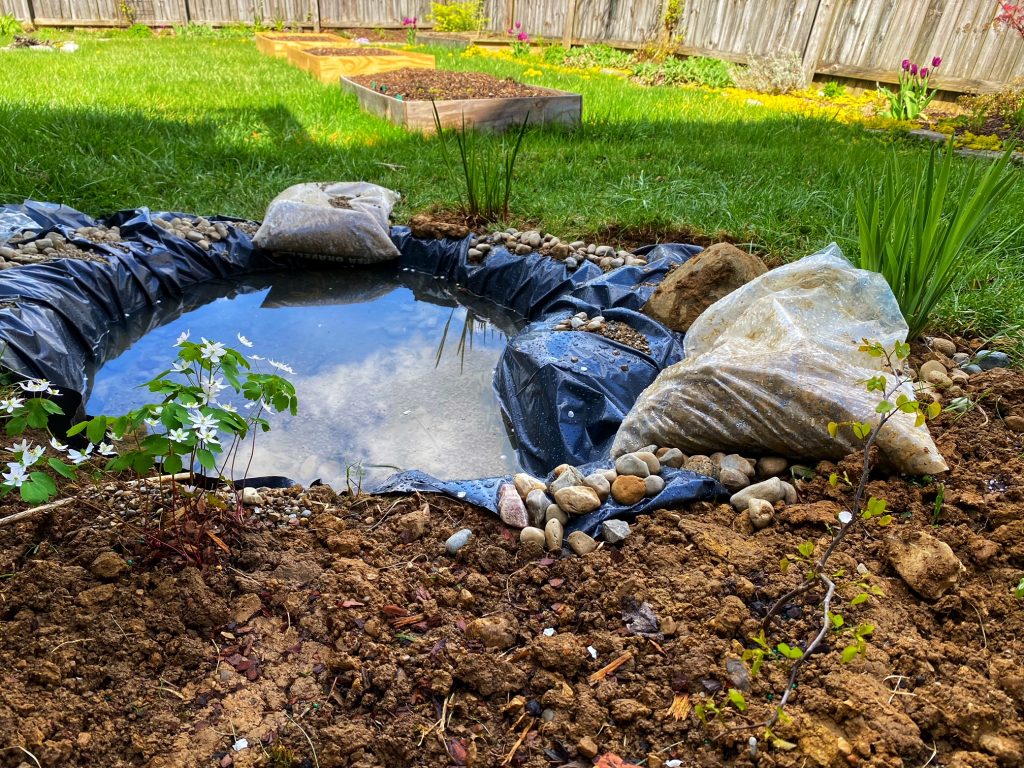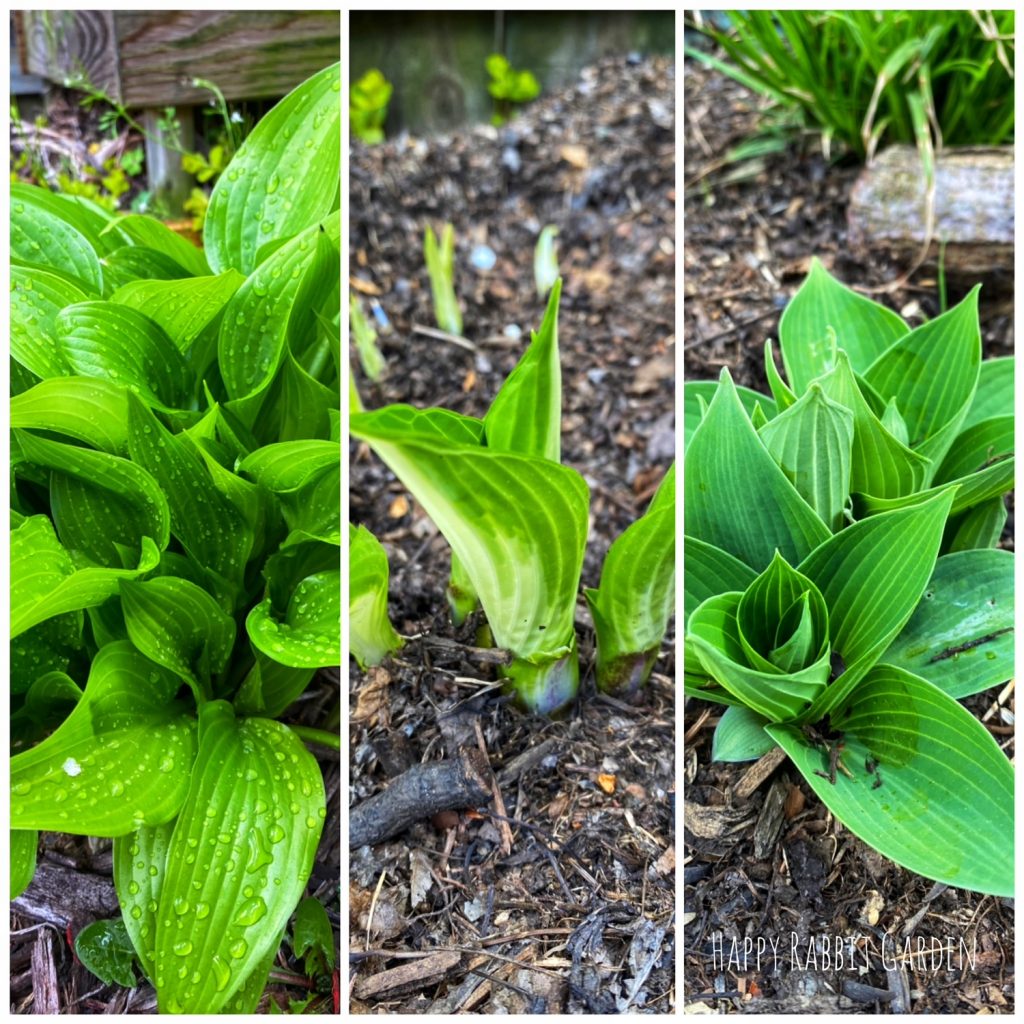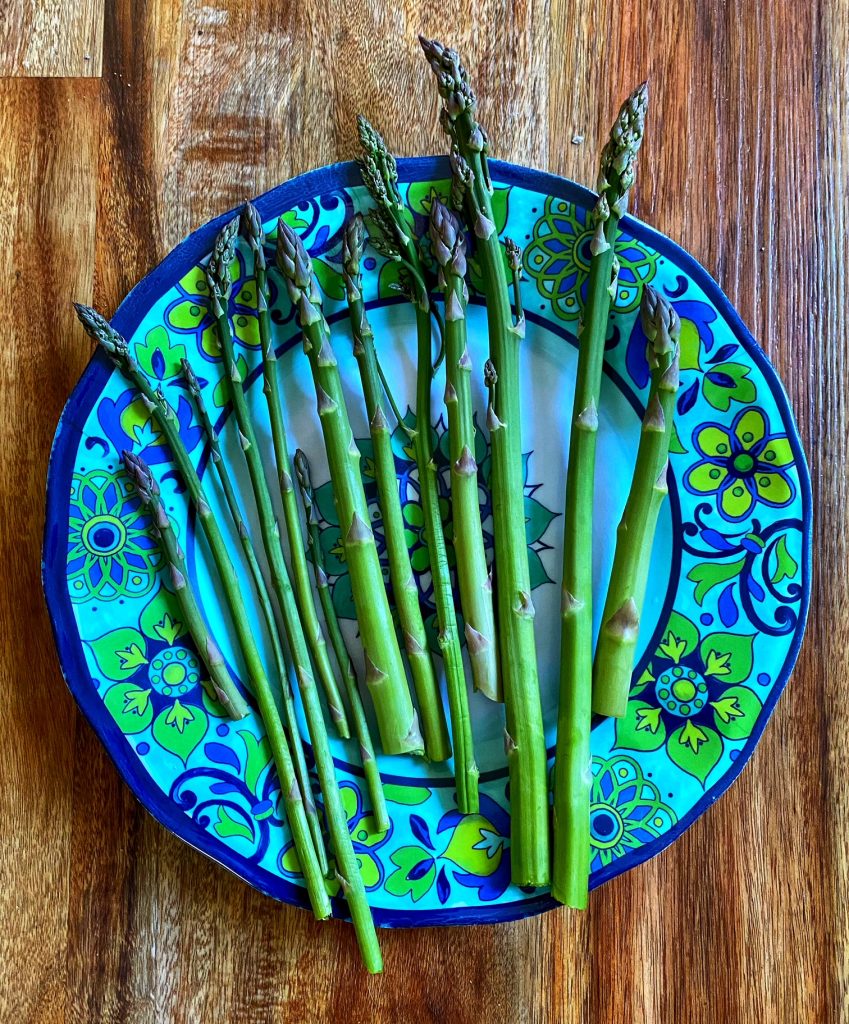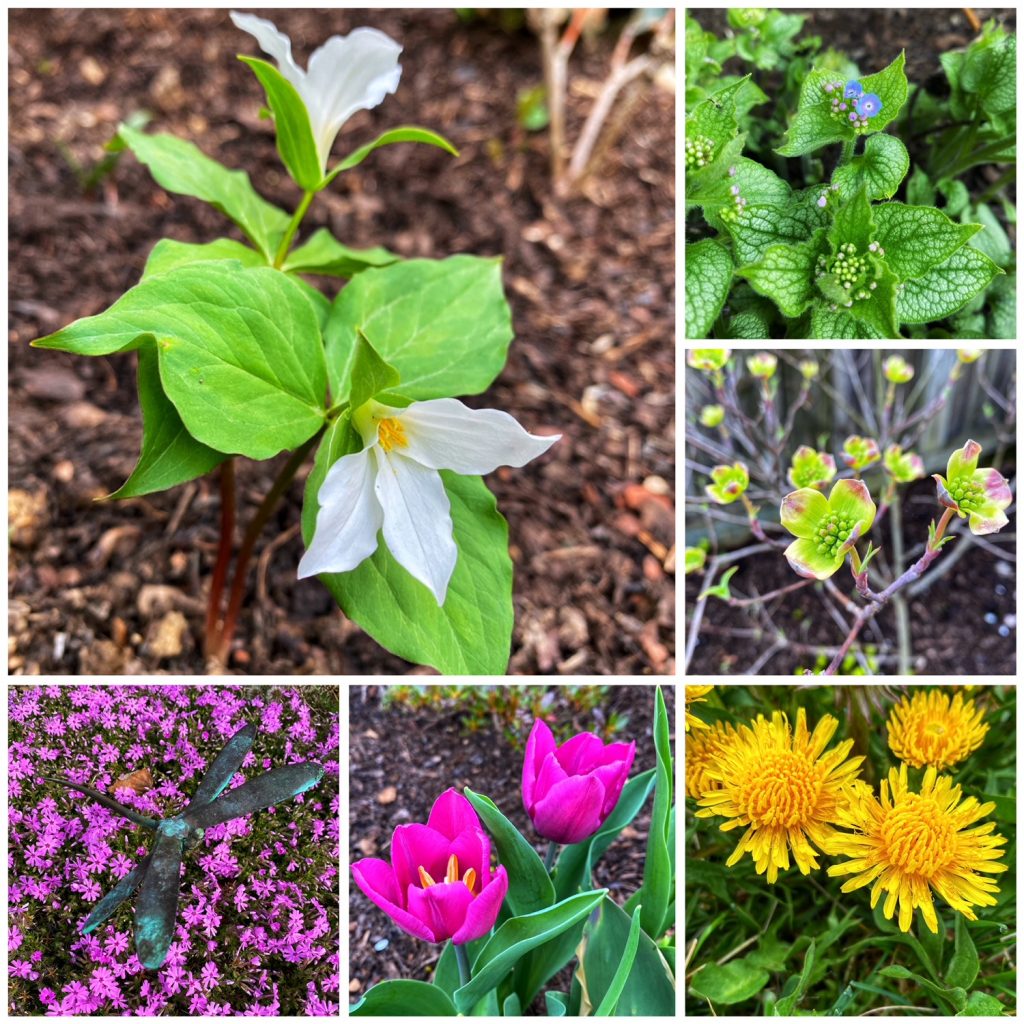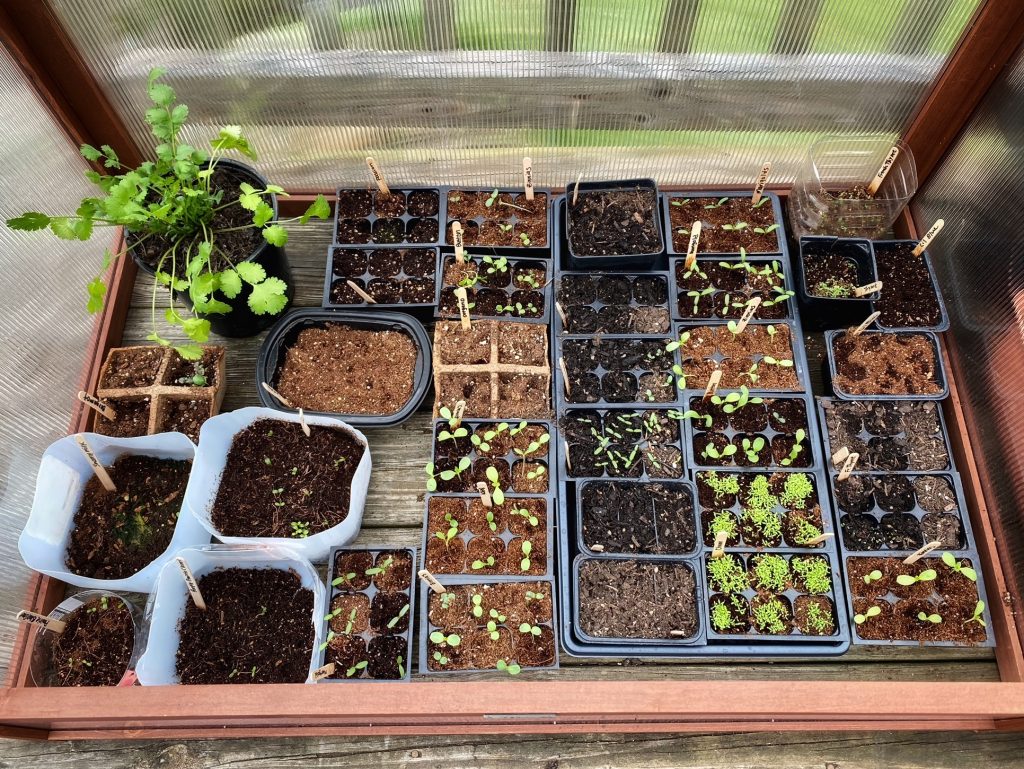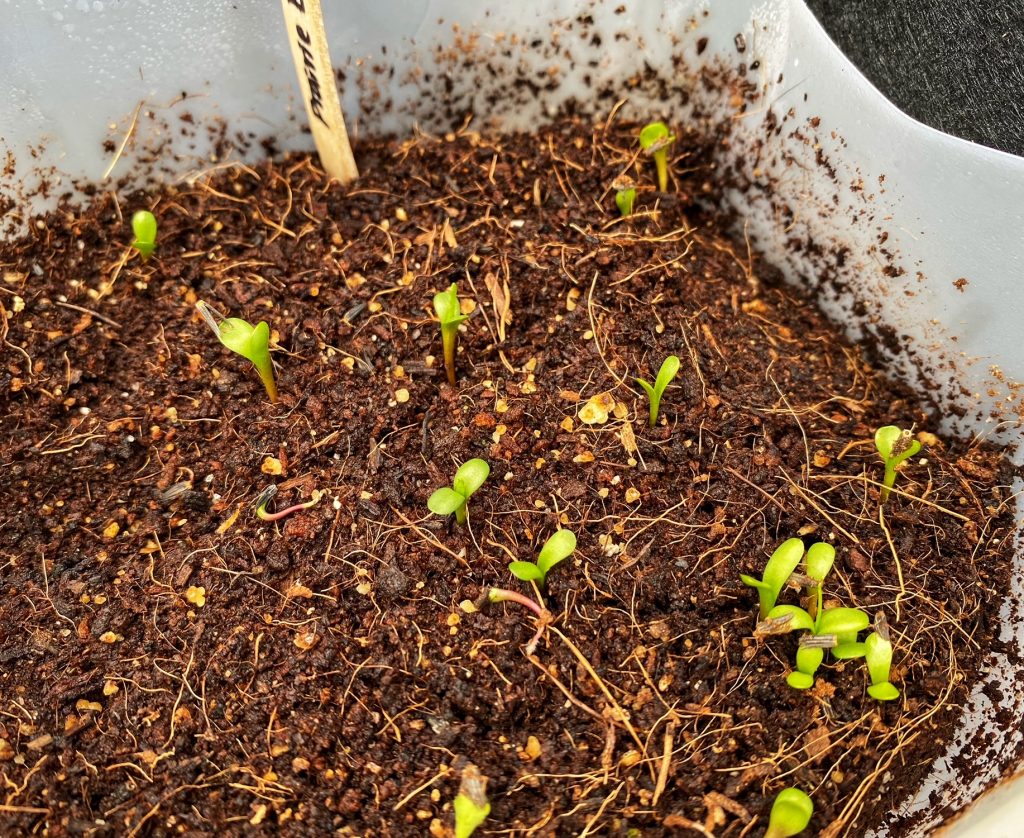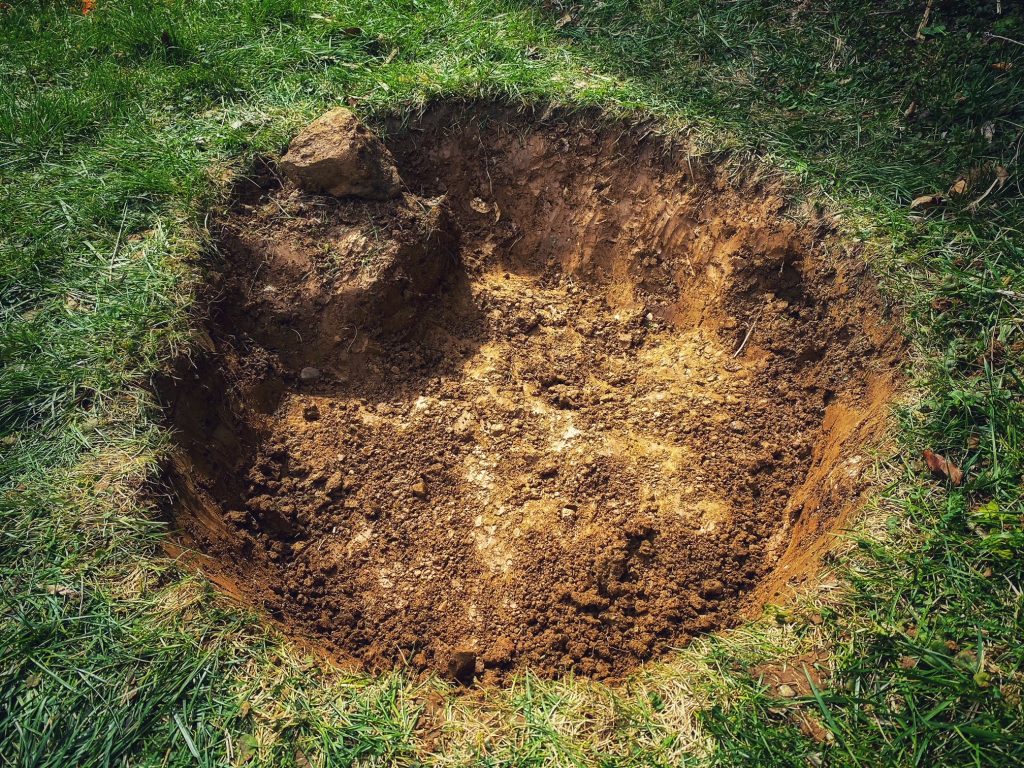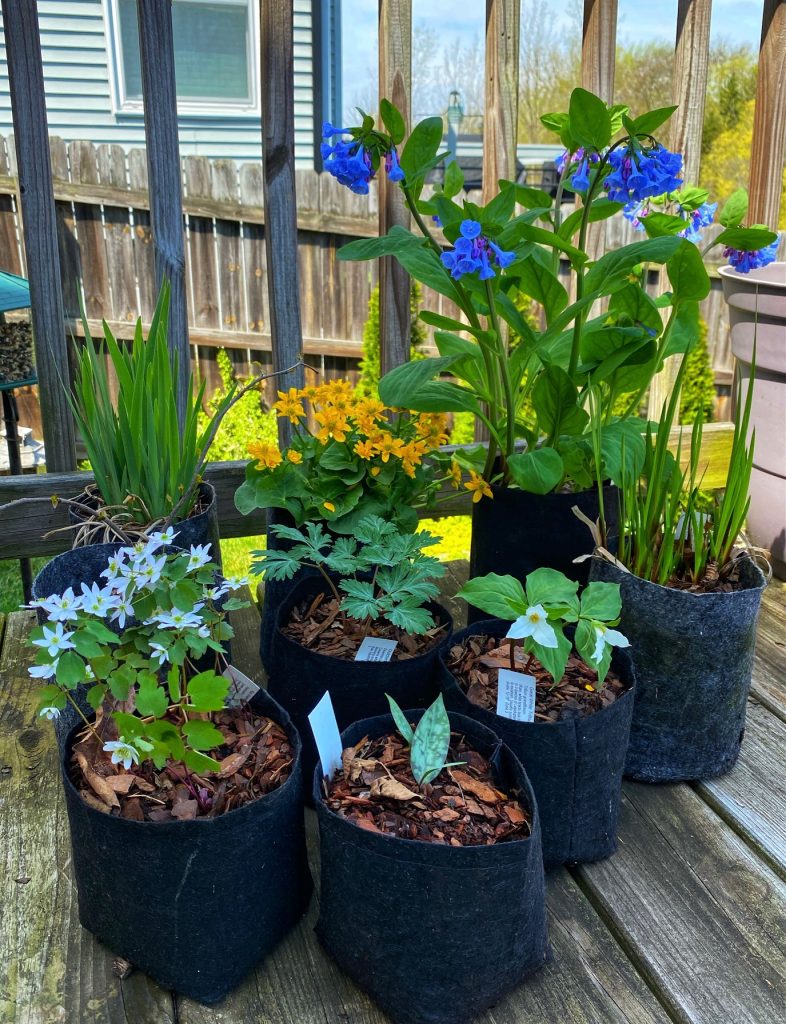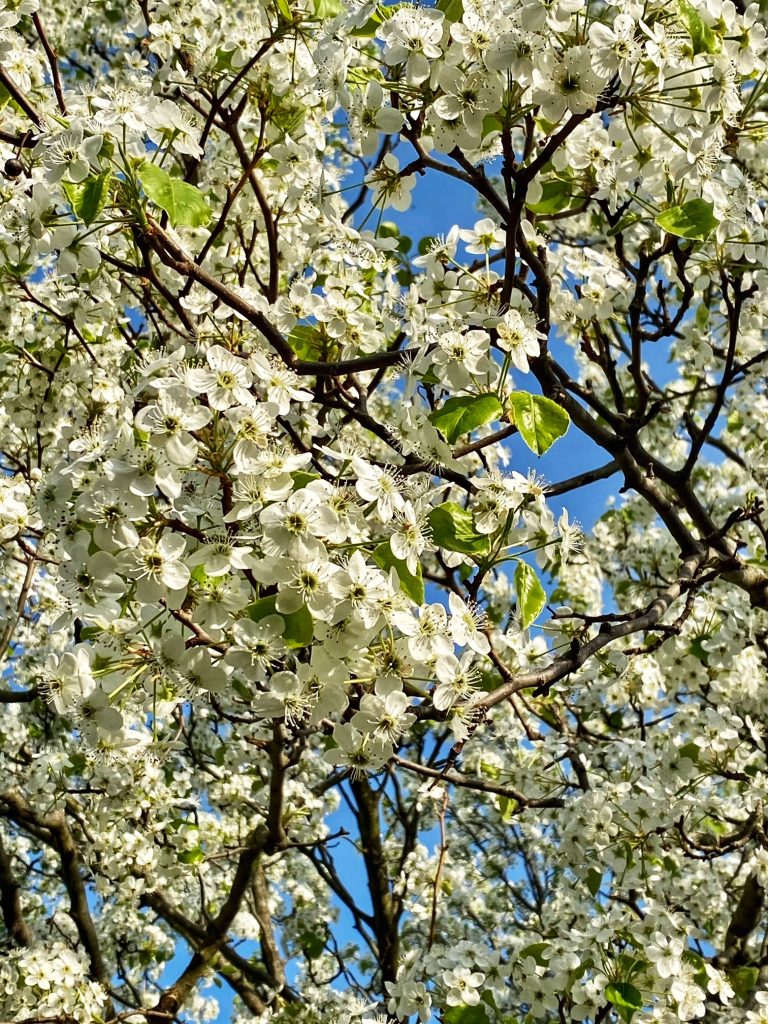
It has been an intense few weeks in the garden. Everything always seems to happen at once at this time of year, and I waver between feeling completely overwhelmed and excited at all the activity. We’ve had a lot of rain this month, and some unseasonably warm temperatures, so all the plants have been growing like wild.
About everything is finally in the ground. I started an absurd number of plants from seed this year (after swearing to myself I’d be reasonable- ha!), and nearly everything has made its way outside and into the dirt. I still have some beans to find room for, but my seed stash is pretty sparse again. I’m looking forward to harvest time! I started a lot of new (to me) things this year.
Many plants are living in containers on the deck this year, since we don’t have quite enough room for everything out in the beds. I find that some days, it’s far easier to manage pots, both for watering and harvesting. Wrangling the hose around the yard and willing myself up and down the deck stairs to gather up everything out in the beds gets to be a bit much when I’m having flare days from my autoimmune disease. So, having things close to the kitchen really ups the odds that I’ll pay the plants their due attention!
The deck probably passed its Container Capacity (the amount of pots the husband has to wade through to get to the grill) about 20 plants ago, but I’m excited for everything to grow up and start blooming. I have quite a few different vining plants (cantaloupe, pie pumpkins, watermelons, loofahs, madder, morning glories, and coral honeysuckle) on the deck this year, and oodles of herbs, fruits, veggies, and flowers for the pollinators. I don’t plant annuals out in the beds in the full sun since they typically require watering almost daily, but on the deck, where there’s some shade, I can stretch my watering to just a few days a week.
Living on the deck now, in addition to the vines, are: bay laurel, calla lilies, a chenille plant, begonias, petunias, parsley, two types of fennel, a lemon tree, basil, lettuce, spinach, cosmos, potatoes, mint, four types of thyme, chives, zinnias, oregano, aloe, four pineapples, cumin, indigo, nasturtiums, chamomile, a banana tree, swiss chard, ranunculus, tomatillos… I’m sure I’m forgetting something. Oh! The stairs! I made a “Stairway to Salsa,” on the deck steps, with more tomatillos, sweet peppers, and druzba tomatoes. So, clearly, a normal amount of plants.
Out in the raised beds, I’m impatiently waiting for the garlic scapes to show up. With our recent warm weather, I’m expecting to see them here by the end of the month. Once the garlic bulbs are able to be harvested, I’ll probably plant up some more lettuce. The rest of the beds are packed pretty full. Our first bed houses the permanent asparagus patch (which was delicious this year), and I added some potatoes. The next bed is hosting the paste tomatoes, marigolds, and more potatoes. (There are also four grow bags of potatoes on the deck- I think I could feed the entire Midwest with the number of potatoes I planted this year). Our third bed houses the aforementioned garlic, lettuce, cucumbers, parsley, basil, and a handful of poblano peppers. The final raised bed is mostly devoted to a cut flower garden this year, and in it lives a boatload of onions, carrots, leaks, bachelor buttons, love-in-a-mist, zinnias, calendulas, and a trellis of snow peas.
Out in the flower beds, I’ve added a lot more native plant seedlings. I grew several types of milkweed- common and swamp (my favorite- it’s so pretty and smells divine!), yellow coneflowers, ironweed, prairie dropseed, big bluestem, switchgrass, indiangrass, little bluestem, rudbeckia, broom sedge, violets, wild bergamot, and yarrow. Everything sprouted up nicely this spring and has since been moved out into the beds as I’ve been weeding, removing invasive creeping charlie and creeping jenny, and cleaning up the stalks left from last years perennials. I’ve also been tossing in sunflower seeds along the fenceline. They grow up quickly and bring me so much joy in the late summer while they bloom. Plus, the pollinators are always all over the flowers, and the birds eat the seeds in the autumn.
I’ve also been expanding the garden around the wildlife pond. It’s become one of my favorite spots in the whole yard. I love sitting next to the pond, listening to the water move, and watching the insects and frogs. I’m still not sure what species the frogs are, but they showed up a couple weeks ago and have been hanging out on the rocks and in the cover of the foliage around the pond. I’m so thrilled to see them back. I hope they have little froglettes and we end up with an army of mosquito eaters! But, back to expansion. I’ve been slowly removing more grass, and adding in extra native plants. I moved a bunch of the swamp milkweed seedlings (they loves the wet area there, and thrive in our obnoxious clay soil), as well as a few more smooth penstemon (another wet soil/clay lover), and an oak leaf hydrangea. I’ve wanted one of these hydrangeas for ages, and I’m so excited that I was able to plant this baby this year. They are native to our area, require almost zero maintenance (a must for plants in my garden), and they also grow just fine in our clay.

So, the pond garden is filling up! I added a water lily to the pond itself, and the canadian anemones and ohio spiderwort are in bloom now. Next, I hope to see the blue flag irises and our new buttonbush flowering.
Out in the front yard, the new pollinator garden we added by the street is growing in nicely! I added mostly native plants to this space as well, and every time I go get the mail, I see bees enjoying the flowers there. I’m hoping to add a few more plants this season since the terrible soil out there doesn’t seem to be slowing anything down. Closer to the house, around our locust tree, the bed we added two seasons ago is also filling in nicely. I stuck a few native prairie plants here, but there’s a lot more shade from the locust tree, so this bed houses mostly perennials that I’ve split from elsewhere in the garden. The final beds, around the house, are about to explode with day lilies, daisies, butterfly weed, and purple giant hyssop (a really lovely native alternative to salvias that are packed with butterflies, hummingbird moths, and bees all summer long). The purple bugleweed is also blooming now, which the bees seem to enjoy.
Indoor plants aside, that’s the garden for 2022! (I keep a few plants inside year-round, since they either require more shade than I can offer, or less water than we receive). Now that most of the clean up and the first round of weeding is done, I really won’t have too much more to do, maintenance-wise. I have a few more project ideas for the year… we’ll see how far I get. And, the pond bed expansion is ongoing. But, things seem to really be shaping up in the ole Happy Rabbit Garden. Despite my fretting, the plants seem happy. There’s oodles of birds around, enjoying the bug buffet. I’ve yet to be bitten by a mosquito (I will now that I’ve acknowledged that fact). I see bees out working hard and enjoying the spring flowers. It’s not always the space I have in mind, but the garden really is beautiful. Hope that you are enjoying a lovely spring with your plants as well. Happy gardening!

